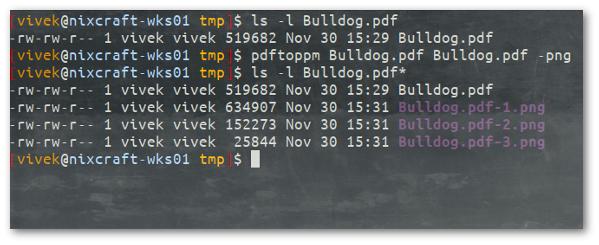

> -fill green -draw 'text 150,300 Beautiful' You can add text at two different locations in different colors like so:Ĭonvert -font helvetica -fill yellow -pointsize 36 This command specifies the font, color, and size of the text, its location (specified by the column and row in pixels where text should begin), and the actual text itself. > -draw 'text 100,250 "Nandi Hills, Bangalore"' I labeled a few picture from a recent trip to Bangalore using convert:Ĭonvert -font helvetica -fill yellow -pointsize 25 If you’re a prolific digital photographer, how do you distinguish one set of images from another? One good way is to put a tag on all the images - a word or two describing where and when they were snapped. You can also run the command without the %d operator convert will automatically append unique numbers to the filename.

So, %04d means that you want leading zeroes and the total number of digits should be four, thus creating files named image_0001.tiff, image_0002.tiff, and so on. The 4 after the 0 specifies how many digits the total value should use. %d means a decimal number, and the 0 that follows it means you want leading zeroes in the file name. The %d operator is a format specifier, much like the printf format specifier in C language.
LINUX IMAGEMAGICK CONVERT PDF
Your mail client may allow large attachments, but how many attachments do you really want to send? The convert utility lets you to put all your images into one neatly organized PDF file, one image per page, with a command such as:Ĭonvert also lets you extract all the images from a PDF file: Now imagine you’re traveling, and you want to share some photos with your friends.

The numeric value specified refers to the amount of charcoal you want in the image. To apply the effect, use a command such as: I find the charcoal effect really cool it looks like an artist’s initial draft, with no colors, just a sketch made with charcoal. Mogrify -format png -sample 15%x15% *.jpgĪmong its many options, convert offers artistic effects to enhance your images, including charcoal, colorize, implode, solarize, and more. For instance, this command would make PNG thumbnails of all your JPG files: You can also use mogrify to create same-sized thumbnails of multiple images:īe careful, however - this command will overwrite your existing images! If you wish to preserve the originals, you have to use a different format for the thumbnails. If you have a huge collection of images to convert, use IM’s mogrify utility with the -format switch: You can change a JPG file to PNG with a command such as convert one.jpg newone.png. The -flip switch produces an upside-down image of the original while the -flop switch turns the image on a vertical axis. If you wish to rotate the image counter-clockwise, use a negative number. The -rotate switch, by default, rotates the image clockwise by the number of degrees specified.

ImageMagick maintains the aspect ratio of an image, which results in symmetric images.Ĭonvert can also rotate or flip an image:Ĭonvert -rotate 90 image_0001.tiff output.tiff You can also specify percentages instead of pixels by using syntax such as convert -sample 30%x30% big.jpg thumb.jpg. sample tells IM to scale the image using pixel sampling. Here, big.jpg is the input image and thumb.jpg is the output image, which is to be 80×60 pixels. To convert one image into a thumbnail for my blog, I ran the command convert -sample 80圆0 big.jpg thumb.jpg. In addition to changing the size of an image, convert can convert it from one format to another (IM supports almost 90 different image formats), rotate an image, and add effects to an image. IM packs a nifty utility, convert, that can handle this. With ImageMagick (IM) you can crop your image, change its shades and colors, and add captions, among other operations. But can you manipulate images without switching to the GUI and using the resource-hungry GIMP? You can, using the fantastic ImageMagick suite. For many a GNU/Linux user, the command line is supreme.


 0 kommentar(er)
0 kommentar(er)
